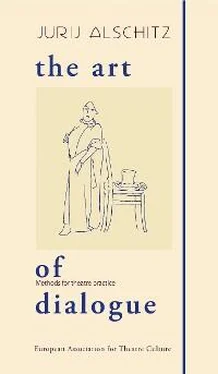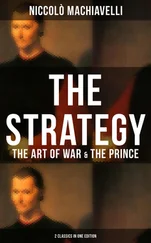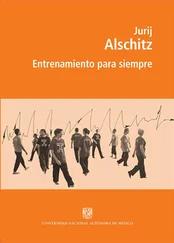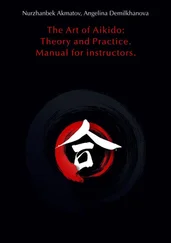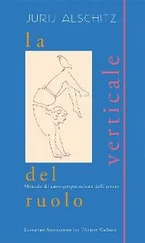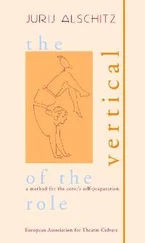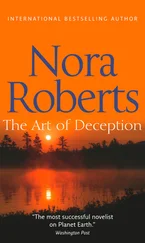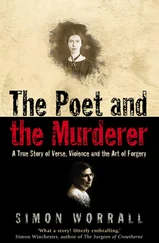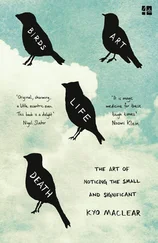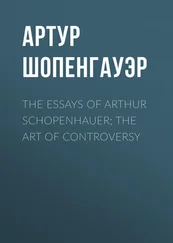There is rarely only one question in dialogue. Normally there are many questions, and they often crash down on you one after the other, from different sides, like a hail storm from on high. So many questions but you don’t have time to answer? Well, you don’t need to. It’s not possible to predict their direction or to hide from them? Then, don’t do that. It’s frightening and at the same time, for some reason, also joyful? It’s an honest state of being. It is a crisis. It is a chaos from which everything wants to be born. If I see more and more questions turning up in a dialogue, then I know that the moment of crisis and revelation is getting closer. It’s for that reason you need the hail attack. Don’t be afraid. Only once you start to accept your defencelessness against these questions, as an essential condition for the moment of revelation, only then can you understand which direction you need to go in and why. And only then, somewhere deep down and very far away, an answer is born inside or outside of you.
For me, a reply is not yet the end of the question. Even with the reply – it’s not yet time to let the curtain down. It only seems as if – with a reply – one dialogue ends and you need search for the beginning of another. I don’t think that’s it. Perhaps there is basically only one dialogue? … which lives in us for the whole play, the whole role, our whole lives? That’s why I like long answers, long-lasting dialogues, even if they are interrupted for some time, but which don’t come to an end. Stanislavsky and Nemirovich-Danchenko once spent sixteen hours in dialogue about the working principles of an Artistic theatre. The result? This marathon-dialogue gave birth to the great phenomenon of theatre culture, the Moscow Arts Theatre, the MChAT. That is dialogue. It’s the same in Dostoevsky’s novels: long questions and long replies. Remarkable.
In plays, the dialogues are usually short, what a pity. Everything is unbelievably squeezed together. I feel this, and then I try to lengthen them out. One needs to give them time to live and be sorted through, and to compare the options, and time to search, to make mistakes and to doubt. Or I combine a few dialogues into one. I will speak about this more in the later chapter on “spherical dialogues” and introduce an exercise for this subject. Never mind that it’s in pieces, strewn throughout the play in chunks but, nevertheless, it’s one dialogue. This can happen: a dialogue began then suddenly got up and left, came back in the second act when nobody was expecting it, continued and unnoticed went off into town, returned after three years, in the winter, and again – the same dialogue. One dialogue, only one, a whole. I think that you can only reveal something genuinely unusual for yourself – the main and most important thing – in the unending development of the meaning in one and the same dialogue. Not in fits and starts, not in pieces, but whole.
There is a constant dialogue both in life and on stage. It goes over from one role to the other, from one performance to another of your performances. Look at the play, at your role, at all of your performed and produced plays, as at one journey. Not fractured but constant. Everything changes – different themes arise, all the possible situations; all the stops flash by, partners not resembling one another, sections of plays resonate, languages mix together; familiar and unfamiliar faces appear and disappear but in fact, it’s just one journey, one and the same, one and the same endless dialogue.
Of course, there are also short dialogues. And they can also be beautiful. Very beautiful. Small, but brilliant and quick dialogues. But nevertheless, I love long ones. It’s strange. When I was young, there was a lot of time but I loved short meetings then. And now time presses but I prefer longer ones. And I ask myself: “why?”
It happens, that a dialogue moves, and moves, floating along … how nice that you don’t want to think about how it will end.
How wonderful when dialogue ends with a question! It all started with a question and it will also end with a question. What does it mean? This means that dialogue isn’t finished – everything is still ahead. No full stop. Dialogue forever! Do you hear? In the very first question of the Lord God to us – “Where are you?”, the foundation is already laid for infinity. Did you hear it?! It is asked of us forever, and forever we are destined to search for its answer. I love to rehearse that sort of dialogue with actors. Well, the one where everything is clear in two or three replies, evokes only boredom in us actors, directors and the spectators. That isn’t a dialogue. At least, for me.
So, today, ten years after this Swedish seminar, I understand dialogue quite differently: Let there be a question in the beginning, but the answer …. Let the answer last for the whole dialogue, the whole role, the whole of life. Eternally. Only eternity lifts and changes a normal conversation to the level of a dialogue. Find this eternity in your dialogue. It can be hidden in each word, in each gesture, in each intonation. You can talk on different themes loftily, but still asking seriously and responding on a high level. You can think up different tricks and acting devices, include music and change the décor. But now a note of the eternal has made an appearance, with its own special sound, not resembling anything else, and you yourselves and everyone around you – Suddenly!!! they understand what this is not just answer-question, question-answer, it’s Dialogue.
7Plato: Ion
8Shakespeare: Macbeath
9Pushkin: Don Juan
10Chekhov: The Seagull
4. DIALOGUE? DISPUTE? CONVERSATION?
You must agree that not every dispute, conversation or just exchange of lines between two characters can be, or needs to be, defined as a dramatic dialogue. Inside the drama, all possible forms and types of communication between characters exist side-by-side. There can be monologues, conversations, disputes, and simple exchanges of phrases, different word games, double-entendres and so on. In other words, in one performance, in one role, there not only can, but there also should, be different forms of communication. This variety of forms, undoubtedly, enriches both the role and the performance. Now, it’s important to understand that one form can fluidly transform into another, as it moves forward. For example, a conversation can turn into a dialogue and vice versa. Use this boldly. Sometimes, it makes sense to also use the capacity of this structure for mutual-insertion, in other words, a dispute can live inside a dialogue, and a dialogue inside a dispute, in other words: one becomes the substantial part within the other. A monologue can find a place in a dialogue, and a dialogue in a monologue. One lives in the other – dialogue can live inside conversation with its own special life. This looks like a blob of oil floating in water without merging into it.
Some actors feel that they do not necessarily need to know all of these different forms but I advise them, with some insistence, to separate their methods of working on dialogue from their methods of working on short scenes or sketches. This are totally different analyses and a totally different actors’ position. Do not hurry to call each bit of pair work in a play a “dialogue”. As the saying goes – not all yogurts are equally useful!
This confusion begins right from the time spent inside the four walls of a theatre school, which then translates to work on stage. Even now, I come across the most simple first-year undergraduate scenes, made up of literally two or three replies, which the drama school teachers are calling dialogues, and in fact they are rehearsing them like simple skits. But these have completely different laws and rules – the work on dialogue and the work on a scene for two. Once in the theatre, actors continue to mistakenly think that they master the methods of working with dialogue. So, please take note – my advice is not to rush into saying it’s a dialogue every time two characters have a conversation. In fact, many communicative forms of interaction exist in plays, and they differ greatly from each other.
Читать дальше
